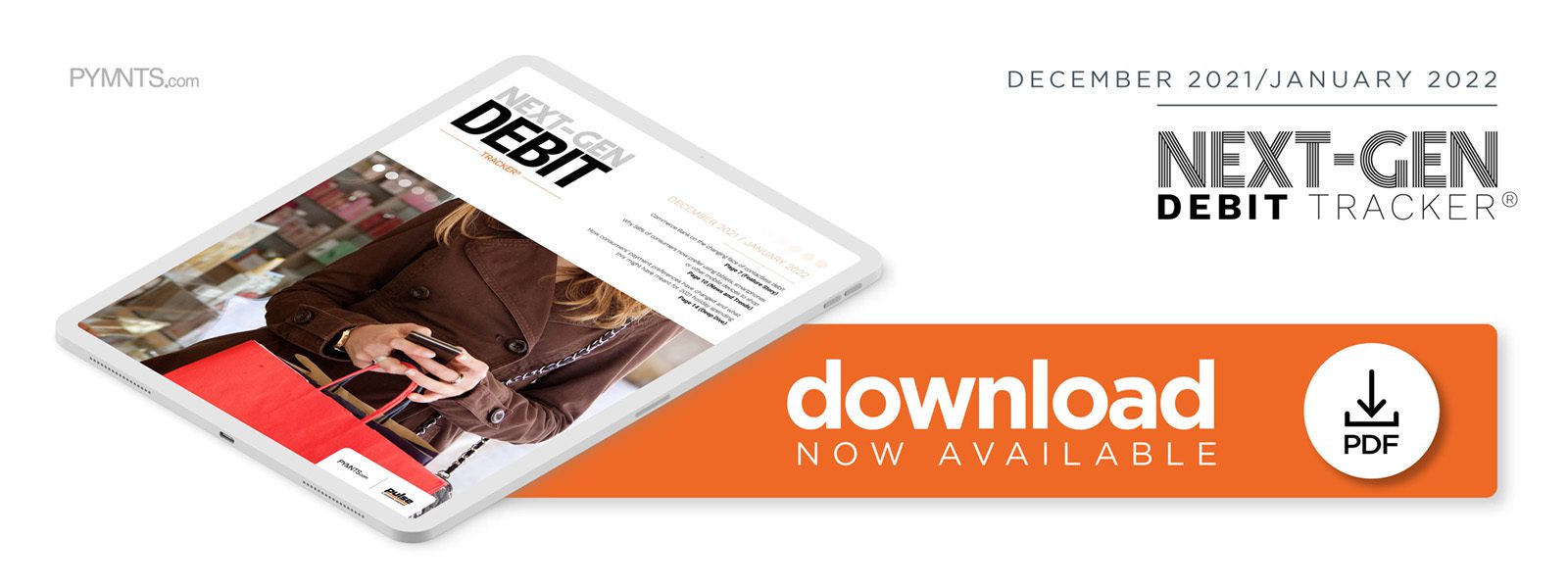Deep Dive: What 2021 Payment Trends Indicate for Debit Holiday Spending

Consumers’ holiday shopping behaviors have been thrown off course for the past two years, with the economic impacts of the global health crisis prompting many consumers to prioritize saving over splurging. One study found that consumers spent an average of $312 between Thanksgiving and Cyber Monday last year, representing a 14% drop compared to the same period in 2019. It also revealed that 80% of shoppers planned to spend either the same amount as they did in 2020 or even less in 2021, making an already competitive time of year even more so for enterprising retailers.
Consumers’ desire to save money while still meeting their shopping needs could also be affecting the methods they use to pay for their goods. Many are exhibiting stronger preferences for payment tools that connect to debit cards, for example, seeking methods that are not attached to costly fees or debt. The following Deep Dive examines consumers’ preferences for debit card spending when compared to other payment methods and explains what this data reveals about how today’s consumers may have tapped debit for their 2021 holiday purchases.
Examining Debit Trends and Holiday Spending
Debit spending has been steadily ticking upward during the pandemic. One August 2021 report found that it increased 8% year over year in 2020, with several card networks stating that debit growth overshot that of credit during Q3 2021.
Examining what consumers are now buying when they reach for their debit cards can also shed light on their projected debit spending trends this holiday season. Many have yet to shake off pandemic-driven economic worries, meaning this year’s holiday shoppers are likely hunting for payment tools and methods that give them more control over their spending.
This behavior goes beyond simply searching for the best holiday deals. Recent data shows that payment methods such as buy now, pay later (BNPL) were growing in popularity even before the start of the holiday season, with one report finding that 7% of this year’s holiday shoppers planned to use BNPL tools for purchases this season. Experts believe that this spending could triple over the next few years.
Many consumers link their BNPL accounts to debit cards rather than credit cards, which typically charge fees for these purchases. Top installment payment providers, such as Klarna and Affirm, even announced their own branded debit cards in the months leading up to the 2021 holiday season, indicating that the two payment methods are becoming closely entwined as consumer demand for cost-effective spending options increases.
Millennials and Gen Z consumers appear to be particularly fond of payment methods that allow them to better control their spending, and both demographic groups have indicated a much greater preference for debit over credit. One report found that on average, millennial and Gen Z consumers have 14% fewer credit cards than consumers ages 35 and older, and 44% of Gen Z consumers specifically said debit cards were their preferred payment methods.
These preferences are also filtering into millennial and Gen Z consumers’ holiday shopping behaviors. The bulk of their purchases are occurring online, as 63% of Gen Z consumers planned to purchase goods digitally during the holiday shopping season. Younger generations are also demonstrating their preferences for debit when interacting with digital retailers’ websites or social media pages, with another study finding that 44% of Gen Z consumers intended to use debit cards to fund their holiday purchases.
Debit cards’ longstanding dominance for purchases such as groceries or other household essentials also shifted online as public health and safety guidelines shut down brick-and-mortar stores during the pandemic’s early months. Debit cards were responsible for 34% of card-not-present (CNP) transactions in 2020 as online shopping became the norm for a wider portion of consumer purchases.
These factors strongly suggest that debit will retain its prominence in the online shopping space during and after the 2021 holidays, even though estimates for its usage differ. Recent PYMNTS data showed that 34% of consumers planned to use debit to pay for their holiday goods, while nearly 40% of respondents to a second survey and 55% in a third study said the same.
While the exact scope of overall debit spending during the 2021 holiday season is unclear for now, the evidence suggests that the payment method will continue to experience heavy usage regardless.

